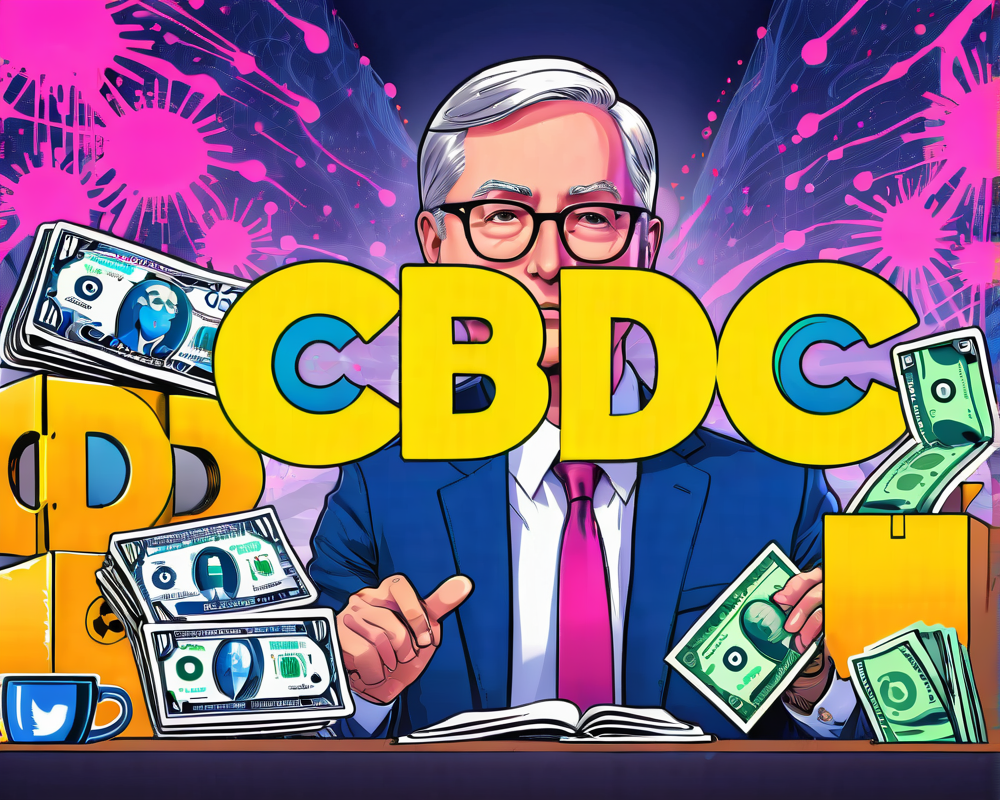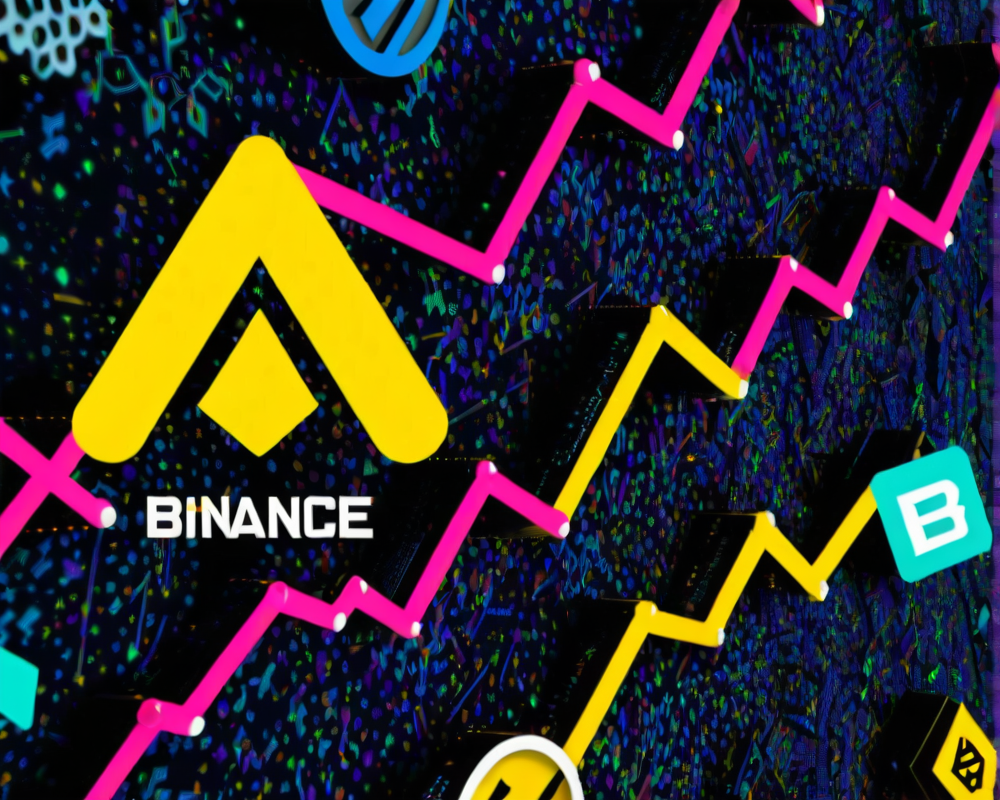Understanding the CBDC Anti-Surveillance State Act
The CBDC Anti-Surveillance State Act is making waves in Congress, challenging the prospect of a digital currency that could potentially infringe on individual freedoms. Representative Tom Emmer is leading the charge, reminding us of the fundamental American values at stake. If you’re scratching your head on what exactly a CBDC is, let’s dive into the colorful world of central bank digital currencies.
What Is a Central Bank Digital Currency (CBDC)?
A CBDC is essentially a digital form of a country’s fiat currency, a little like cash but a byte-sized version operated by the Federal Reserve itself. Supporters argue it could streamline payments and revolutionize the banking system. However, critics, including Emmer, liken it to a surveillance tool straight out of a dystopian novel!
The Legislative Journey
The journey of the CBDC Anti-Surveillance State Act has been nothing short of dramatic. Following its introduction in Congress as far back as February 2023, it recently zipped through the House Financial Services Committee. As it stands now, 60 members of Congress are backing this initiative, showcasing a rising concern over government control.
Key Provisions of the Bill
- No Direct CBDC Issuance: The Federal Reserve is barred from handing out digital dollars to the average Joe or Jane.
- Monetary Policy Protections: Any digital currency under this bill can’t be used for monetary policy implementations, keeping the Fed’s hands tied.
Emmer’s Vision for American Values and Privacy
In his fiery speeches, Emmer asserts that without the attributes of openness, permissionlessness, and privacy—which are reminiscent of cash—a CBDC could become a weapon in the wrong hands. He paints a picture where these digital currencies resemble the oppressive methods of regimes like the CCP, highlighting the tension between technology and personal liberty.
The Political Landscape: Generational Divide
In his interviews, Emmer describes digital assets as a “sleeper issue” in politics. He notes a noticeable generational gap; younger Americans lean toward the role of digital assets while older lawmakers might still be figuring out what their smartphones are capable of. This generational friction could dramatically shape future policy decisions regarding digital finance.
Conclusion: The Need for a Dialogue
As the CBDC Anti-Surveillance State Act heads for a vote on the House floor, it raises critical questions not just about currency but about privacy and the role of government in the digital age. Whether it turns out to be a powerful stand for individual rights or just a political statement remains to be seen, but one thing’s for sure: the debate on CBDCs is just warming up!




